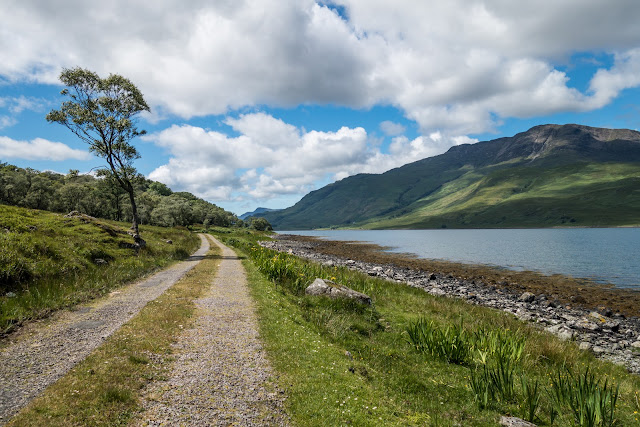Today was divided between Playford Church, one which I had never visited, and a revisit to St Mary at Capel St Mary to bring up to date my record of this local church. So firstly, a drive to Playford, a small village just north of Ipswich. On the outside initial impressions are that nothing stands out. Then I noticed that it had a south tower, as opposed to the normal West. However, there are a few in Suffolk apparently. Shelley, near home, has a North tower!

An interior view, with the lovely east window. The east window is a triple-lancet design, meaning it features three narrow, pointed arches.
This memorial obelisk in the churchyard was erected in 1857 to commemorate Sir Thomas Clarkson of Playford Hall (died 1846). Clarkson, who lived at Playford Hall in the latter years of his life, was instrumental with William Wilberforce in the abolition of slavery. Clarkson is said to have thought out his opposition to slavery while riding from Cambridge to London in the summer of 1785. He later described this as a spiritual revelation from God. Over the next ten years Clarkson rode more than 35,000 miles on horseback visiting ports and interviewing more than 20,000 people collecting evidence, sometimes in fear of his life from slaveship owners who hoped to derail his campaign. His health broken by exhaustion, he retired to Suffolk in 1796, but the work he had completed was instrumental in changing public opinion and eventually leading to the abolition of the trade in 1807. His retirement is perhaps why he is not so well-known as his colleague William Wilberforce, but Clarkson was rightly restored to popular memory as a result of the 2007 bicentenary of Abolition.
The memorial in Playford Church remembering his life's work
The collection of Clarkson graves to the south of the chancel, fenced off with iron railings bearing memorial medallions with inscriptions.
The memorial to George Biddell-Airy in the church
In 1814 the 13 year old nephew of Arthur Biddell, the owner of Hill House in Playford, came to stay. The boy's name was George Biddell-Airy, and his uncle, realising that his nephew had an interest in mathematics and astronomy, introduced him to his illustrious neighbour Thomas Clarkson, who as well as being an anti-slavery campaigner was also a prominent mathematician. Clarkson prepared the young man for entry to Cambridge University. He met with success, and in 1835 George Biddell-Airy was appointed Astronomer Royal, a post which he served for almost half a century. His greatest legacy is probably the invention of Greenwich Mean Time and the positioning of Greenwich at the centre of world time measurement.
Playford is a small village with nothing to distinguish it from many other rural villages. Below the surface though, there can be a wealth of amazing people who do, or have, been instrumental in changing the world!
Then onto Capel St Mary.
The first two images below are ones I took of Capel church on a previous visit. On that visit I was unable to take interior images as a meeting was taking place.


So, to the interior, which I had read was very Anglo Catholic. Reading about that aspect of the church, I found some information of the Rector responsible for most of this. It appears that - `in 1878, the Revd Alfred Johnson began his 42 years incumbency here. He was a man of means and, as a keen supporter of the Catholic Revival in the Church of England, set about adorning his recently-restored church with beautiful craftsmanship which would emphasise its importance as a Holy Place, where beauty and sanctity (much of which had been diminished by the Reformers and the Puritans) would enhance the worship and bring people to their knees.
Under his influence, and often through his generosity, St Mary’s gradually acquired beautiful things which restored some of its pre Reformation elegance and atmosphere, including -- `
The ornate reredos installed in 1907
The beautiful rood group erected in 1912, with figures carved by a German craftsman, who also created the lime-wood angels on the chancel roof in 1913 - below.
The lime-wood angels on the chancel roof in, from 1913.
Other items which indicate an Anglo Catholic leaning are the above statue of Mary and the baby Jesus and the Stations Of The Cross, below.












%20Of%20The%20Cross%20in%20Capel%20Church.JPG)



Comments